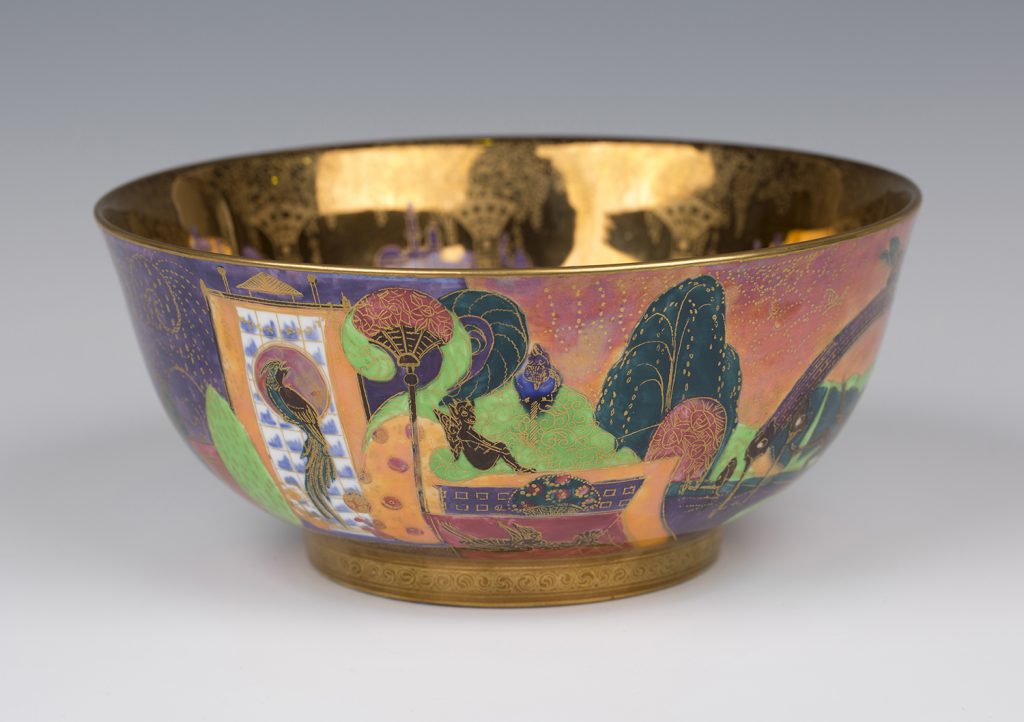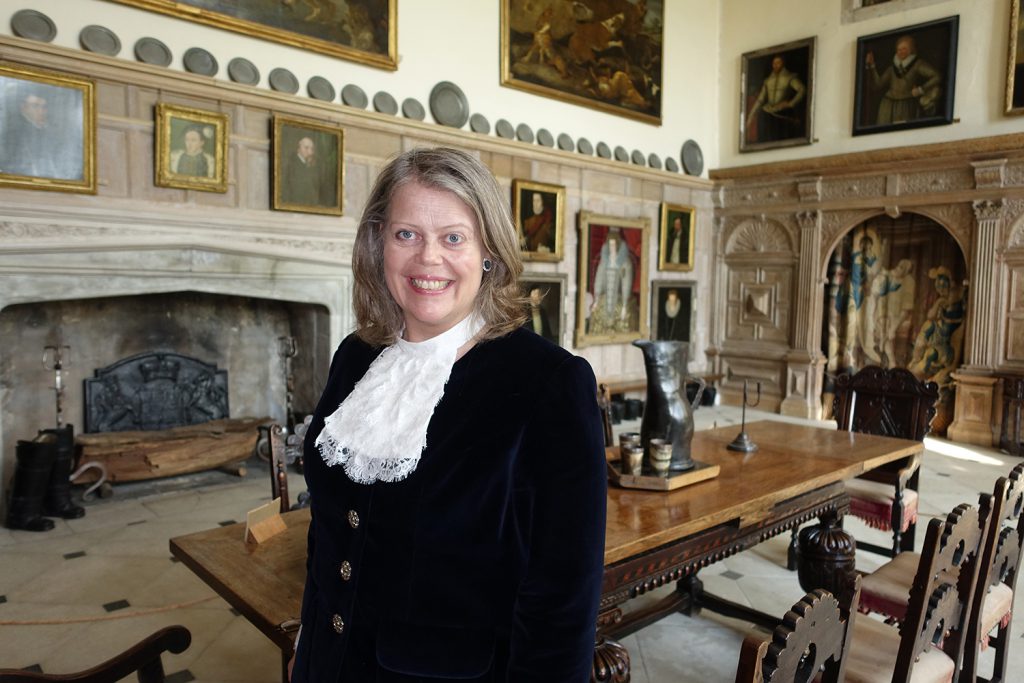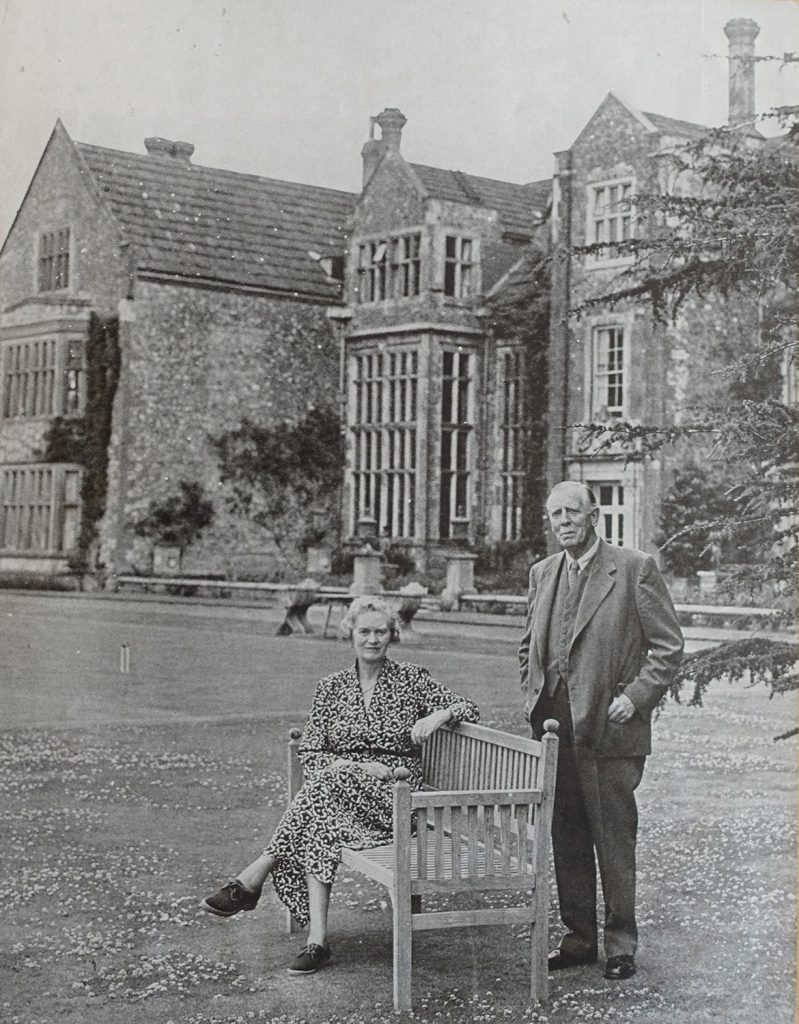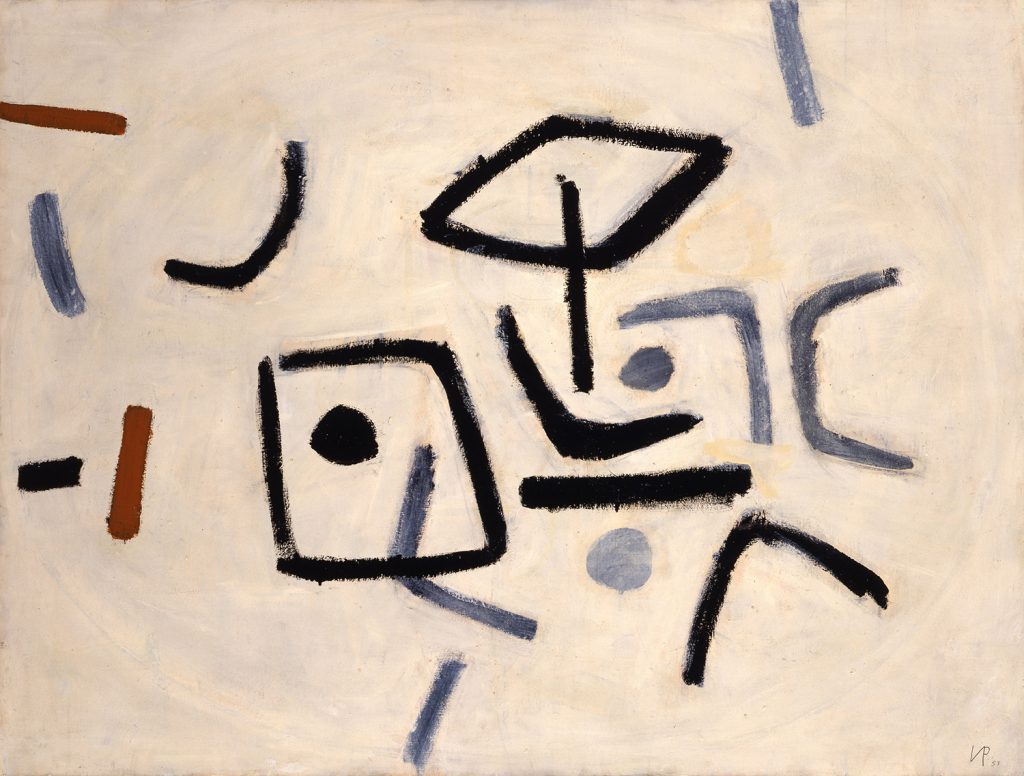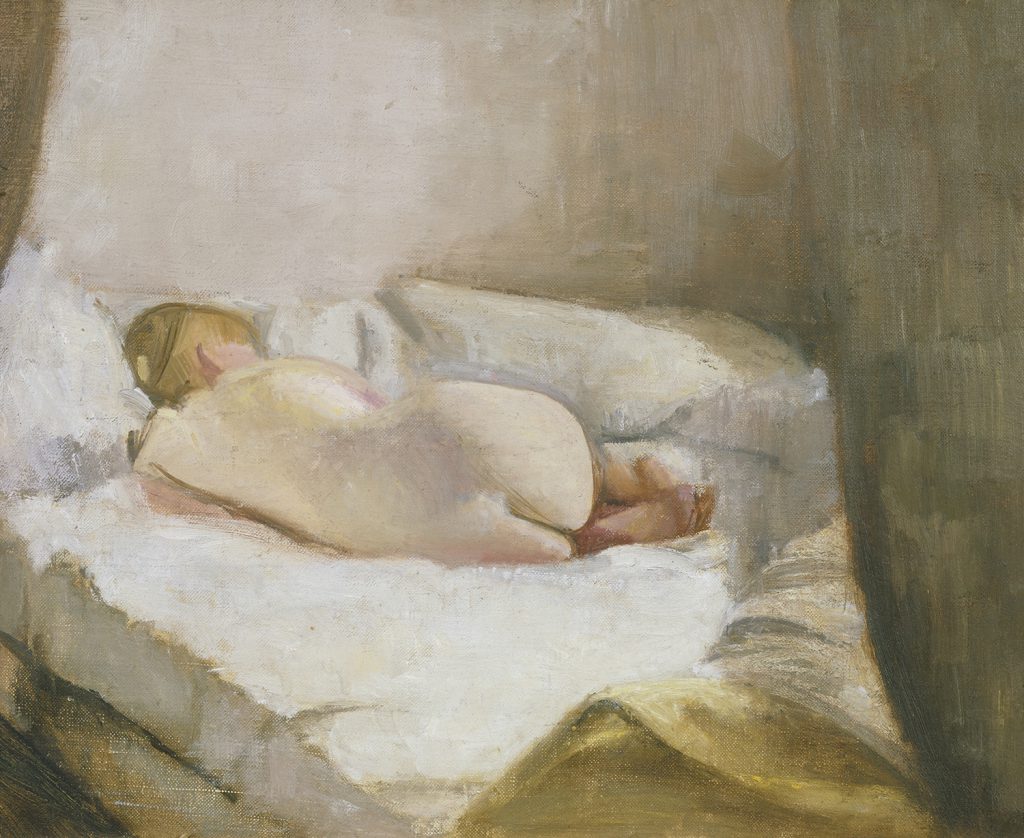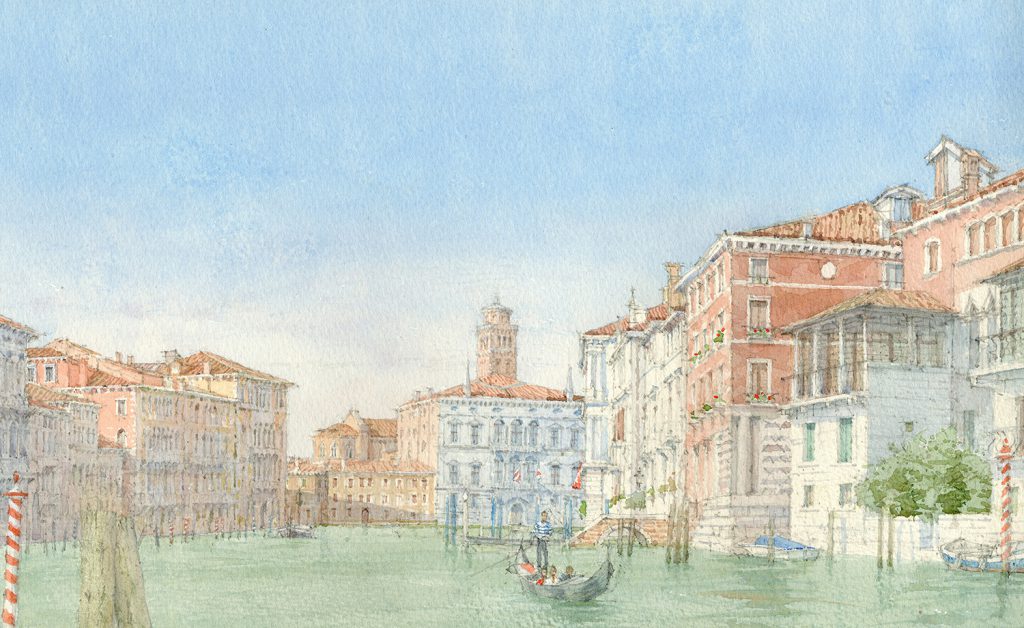
‘Dennis Roxby Bott, RWS: A Showcase’ is a charming exhibition of some fifty watercolours by this respected local artist. The show runs for just two more weeks at the Horsham Museum & Art Gallery.
Dennis is a member of the Royal Watercolour Society which was founded in 1804. It is the oldest watercolour society in the world. It remains an artist led society made up of an elected membership. Dennis has received commissions from the National Trust, the Towner Gallery, Eastbourne and Hove Museum. His work can even be seen in the wardroom of the Royal Yacht Britannia.

Dennis Roxby Bott was born in London 1948 and lives in Rudgwick, near Horsham, West Sussex. He studied at Colchester School of Art, Norwich School of Art and Keswick Hall, Norwich.
Exhibition curator, Jeremy Knight is delighted with the show which has been well received by visitors. He comments “Dennis displays a mastery of the brush and pallet and also has an ability to see and record minute detail.”
Jeremy continues “Architecture and the man made environment are the inspiration for many of Dennis’ paintings. Several of the watercolours in the exhibition depict Brighton and Venice. These subjects really suit his keen eye for perspective and detail.”

There is a firmness of line in Dennis Roxby Bott’s paintings which lend them a graphic quality. It is perhaps unsurprising, then, that his work has been reproduced as illustrations in books and as cards. In addition he has held exhibitions at galleries across England and is a regular exhibitor at the Royal Watercolour Society spring and autumn exhibitions at the Bankside Gallery, London.
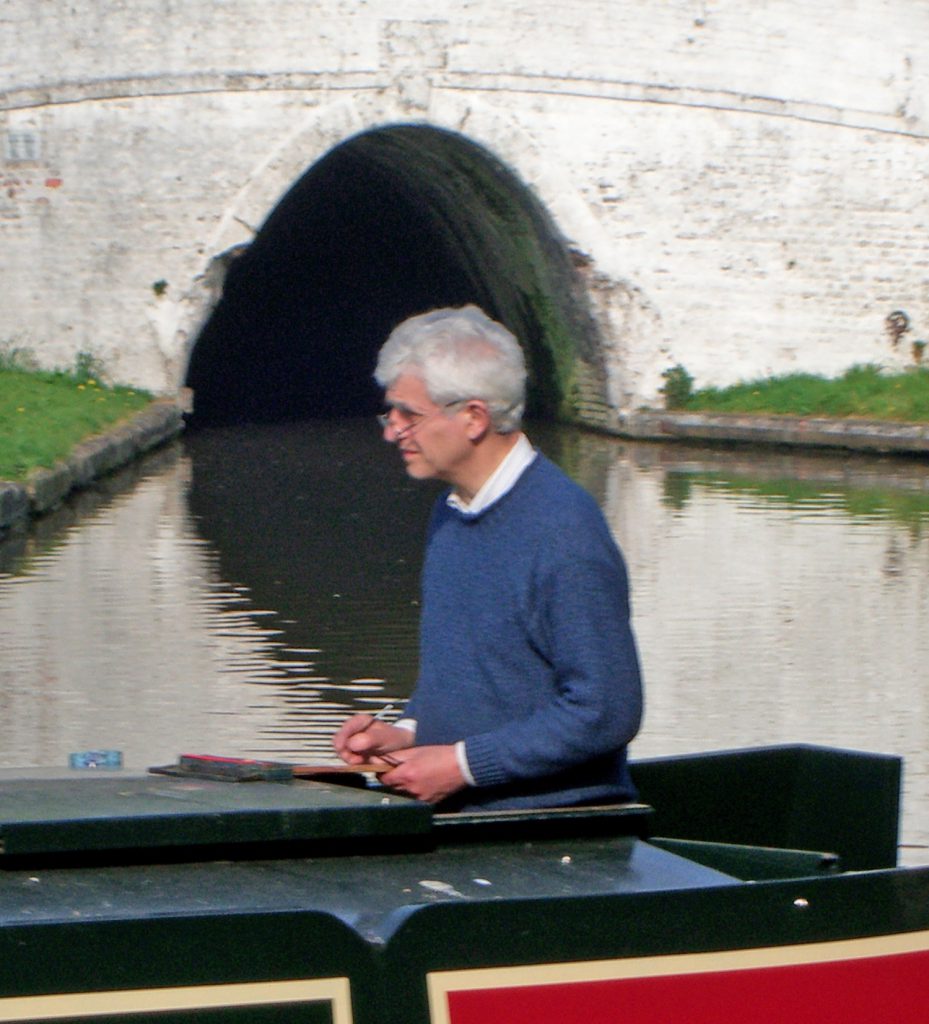
Over the centuries Britain’s artists have been inspired by its landscape, history, architecture and people which continue to provide rich opportunities for artistic exploration. Dennis Roxby Bott’s work is in this tradition.
Exhibitions like this would not be possible without the Horsham District Council’s understanding of the importance of art and heritage to the identity and economy of Horsham and the broader district. Jonathan Chowen, Horsham District Council’s Deputy Leader and Cabinet Member for Leisure and Culture, and his team are deserving of our thanks for their continued long term support of the Horsham Museum & Art Gallery.
‘Dennis Roxby Bott, RWS: A Showcase’ is in its final fortnight and runs until 6th May 2017 at the Horsham Museum & Art Gallery, Causeway, Horsham, RH12 1HE. Admission is free. For more information visit horshammuseum.org or telephone 01403 254959.
By Rupert Toovey, a senior director of Toovey’s, the leading fine art auction house in West Sussex, based on the A24 at Washington. Originally published in the West Sussex Gazette.
